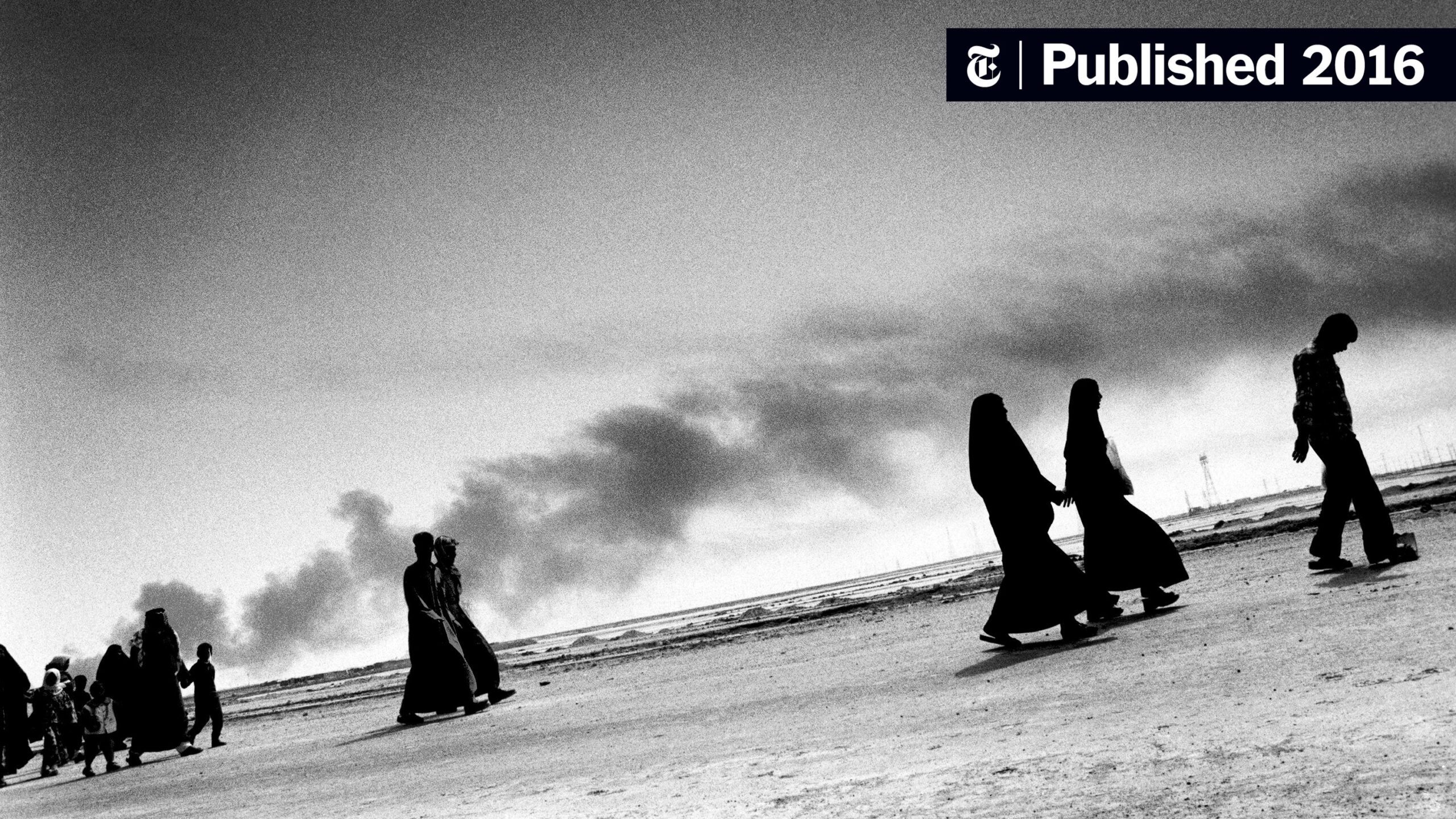The Cold War and the War on Terror are two major conflicts in modern history that have shaped world politics with long-lasting effects still felt today. The Cold War was a political conflict between the US and the Soviet Union, characterized by a nuclear arms race and a competition for political ambitions, while the War on Terror is a conflict against non-state actors, primarily Al-Qaeda and its affiliates, with military operations, drone strikes, intelligence gathering, and other measures aimed at dismantling terrorist networks. The strategies and tactics employed in each conflict varied greatly, ultimately leading to significant outcomes and impacts on the international landscape.
The Cold War vs. the War on Terror: A Comparison of Two Conflicts That Shaped World Politics
Introduction
The Cold War and the War on Terror are two of the most significant conflicts in modern history. Both are global political conflicts that have altered the course of world politics, with long-lasting effects felt even today. However, there are some clear differences in the nature, strategies, and outcomes of the two wars, which this article will explore.
Nature of the Conflicts
The Cold War was a political conflict between the United States and the Soviet Union that lasted from 1947 to 1991. It was characterized by a nuclear arms race, espionage, proxy wars, and a competition for the hearts and minds of people across the world. The war was based on different ideologies, economic systems, and political ambitions.
On the other hand, the War on Terror is a conflict against non-state actors, primarily the terrorist group Al-Qaeda and its affiliates. It began after the terrorist attacks on September 11, 2001, and was a response to the growing threat of international terrorism. The war includes military operations in Afghanistan and Iraq, drone strikes, intelligence gathering, and other measures aimed at dismantling terrorist networks.
Strategies and Tactics
During the Cold War, the US and USSR engaged in a nuclear arms race that threatened global security. Both sides built up a stockpile of nuclear weapons, which led to the development of missile defense systems, espionage, and covert operations. Proxy wars were also a common strategy, where the two superpowers supported opposing factions in other countries to advance their interests.
In contrast, the War on Terror has been characterized by targeted strikes against specific individuals or groups, intelligence gathering, and an increased reliance on technology. The use of drones and other technologies has played a significant role in the war, with the US military using them to strike targets in remote regions.
Outcomes and Impact
The Cold War ended with the collapse of the Soviet Union, marking the end of an era in global politics. The conflict had far-reaching consequences, with the US and USSR spending billions of dollars on military spending and proxy wars. It also led to the development of new technologies, including the internet and satellite technology.
The War on Terror, on the other hand, is ongoing, with no clear end in sight. It has resulted in the loss of thousands of lives, including military personnel, civilians, and terrorists. The war has also led to increased restrictions on civil liberties, including increased surveillance and the erosion of privacy rights.
Conclusion
Both the Cold War and the War on Terror have profoundly shaped world politics in different ways. While the Cold War was a conflict between two superpowers, the War on Terror is a conflict against a non-state actor. The strategies and tactics employed in these two wars have varied greatly as well. Ultimately, the outcomes and impact of each conflict have been significant, reshaping the international landscape and leading to the development of new technologies, policies, and ideologies.
